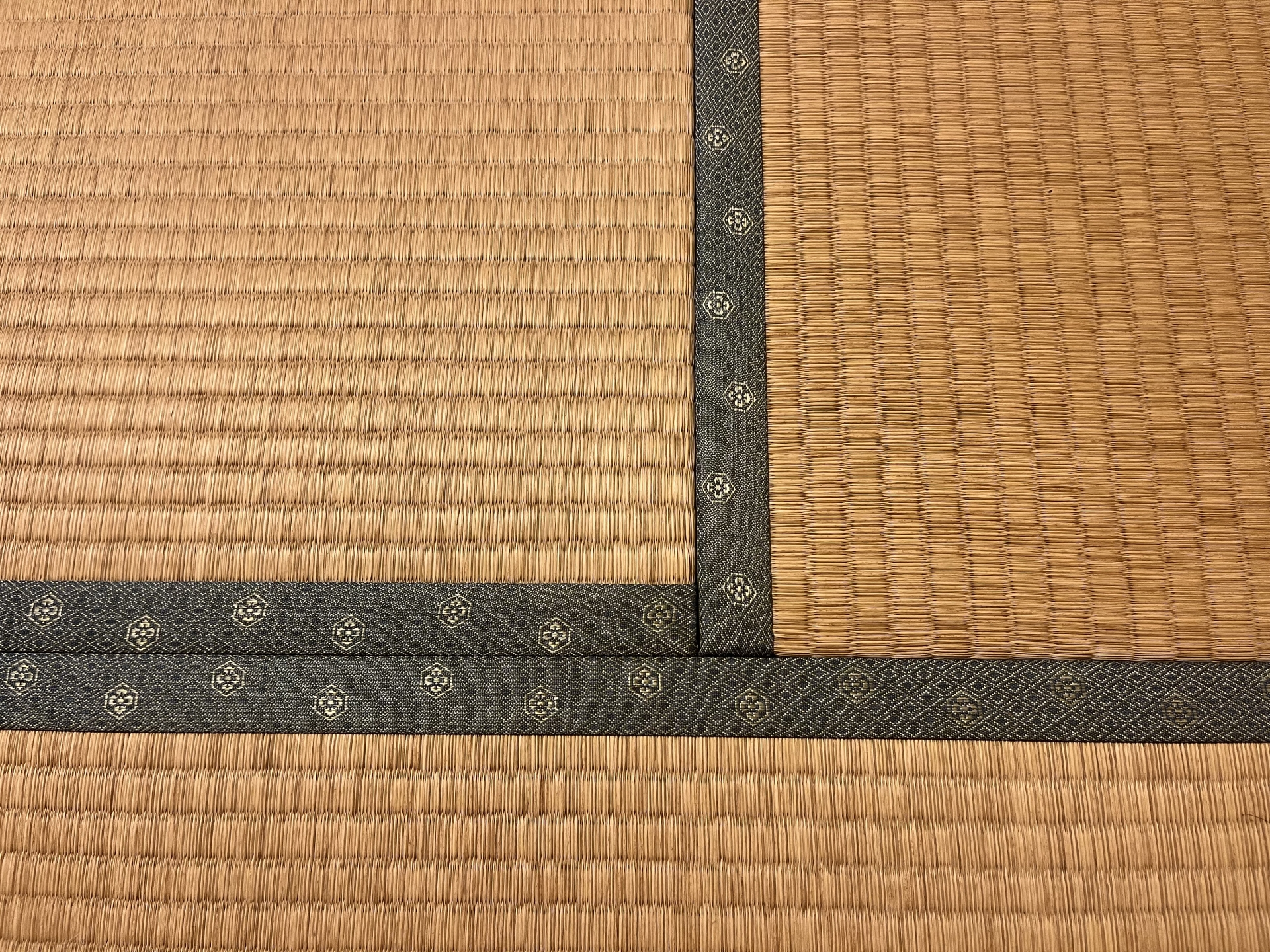Tatami mats are an integral part of Japanese culture and have been for centuries. Beyond their functionality as a type of flooring, tatami mats are deeply embedded in the social and cultural fabric of Japan. This article will explore the history of tatami mats, their various uses, and practical ways to incorporate these traditional elements into modern interior design.
The History and Cultural Significance of Tatami Mats
Tatami mats have their origins in ancient Japan, dating back to the Nara period (710-794 AD). Initially, tatami was a luxury item reserved for the nobility, providing a comfortable and elevated surface for seating. As time progressed, tatami became more accessible to the common people and became a staple in Japanese homes by the Edo period (1603-1868). Traditionally made from woven rice straw, these mats not only served practical purposes but also played a significant role in cultural and religious ceremonies.
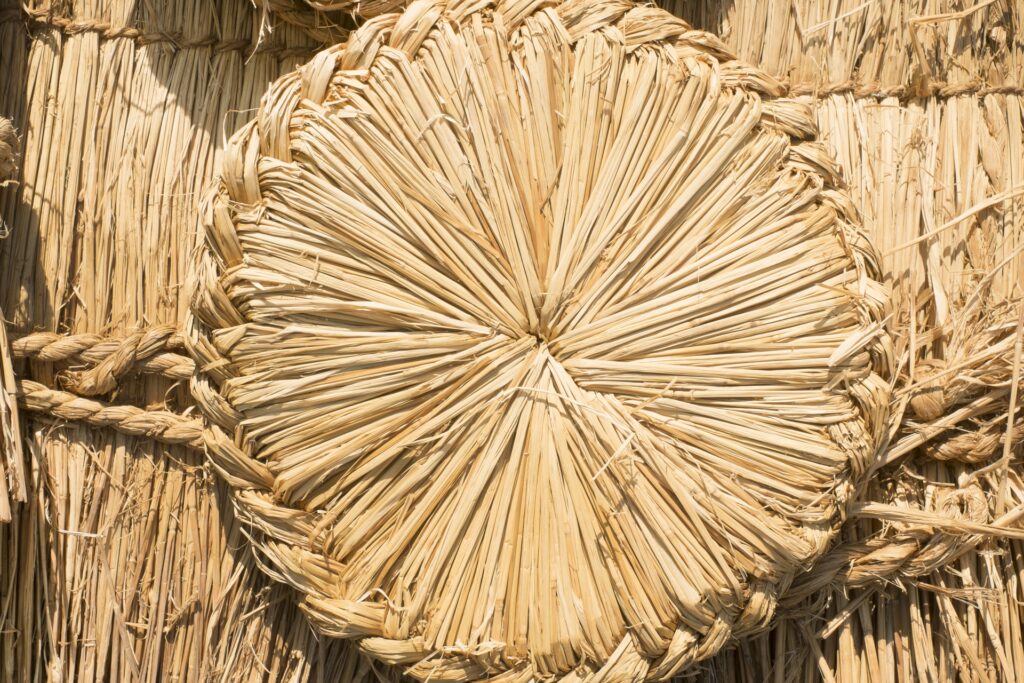
In Japanese homes, tatami mats are often associated with the tea ceremony (chanoyu) and are integral to Zen practices. The texture and feel of tatami underfoot provide a sense of calm and connection to nature, which is highly valued in Japanese culture. Symbolically, tatami represents simplicity and harmony with nature, aligning with the principles of wabi-sabi, the Japanese aesthetic of finding beauty in imperfection and transience. Today, tatami mats are still widely used in both traditional and modern settings, reflecting their lasting cultural significance.
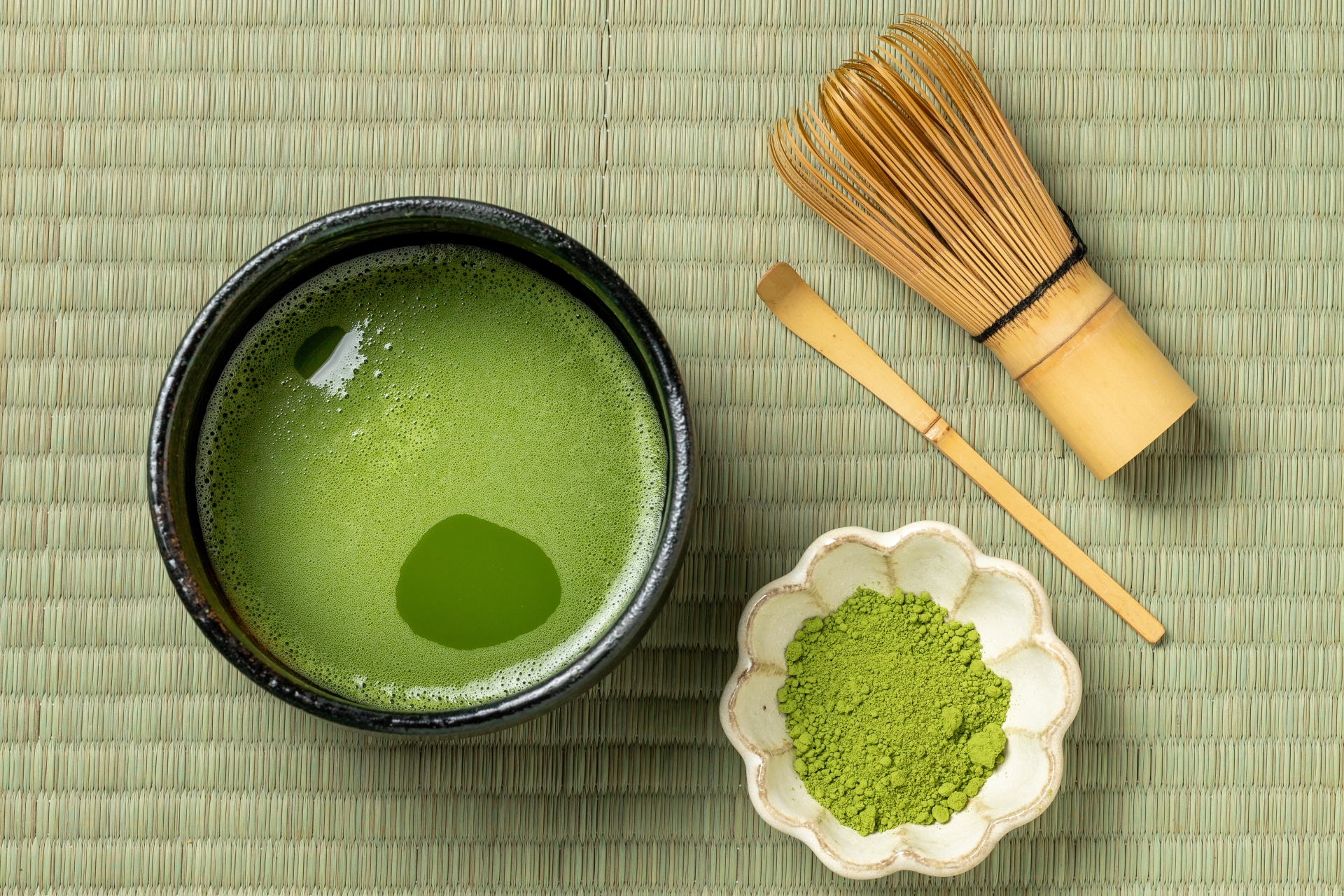
Types of Tatami Mats: Choosing the Right One for Your Home
There are several types of tatami mats available, each with unique characteristics suited for different preferences and uses. The most traditional type is the igusa tatami, made from woven rush grass with a rice straw core, offering a natural feel and pleasant aroma. Another popular option is the hemp tatami, which uses hemp fibers for increased durability and a more robust surface texture. Foam-filled tatami mats are a contemporary alternative, providing the look and feel of traditional mats while offering enhanced cushioning and support.
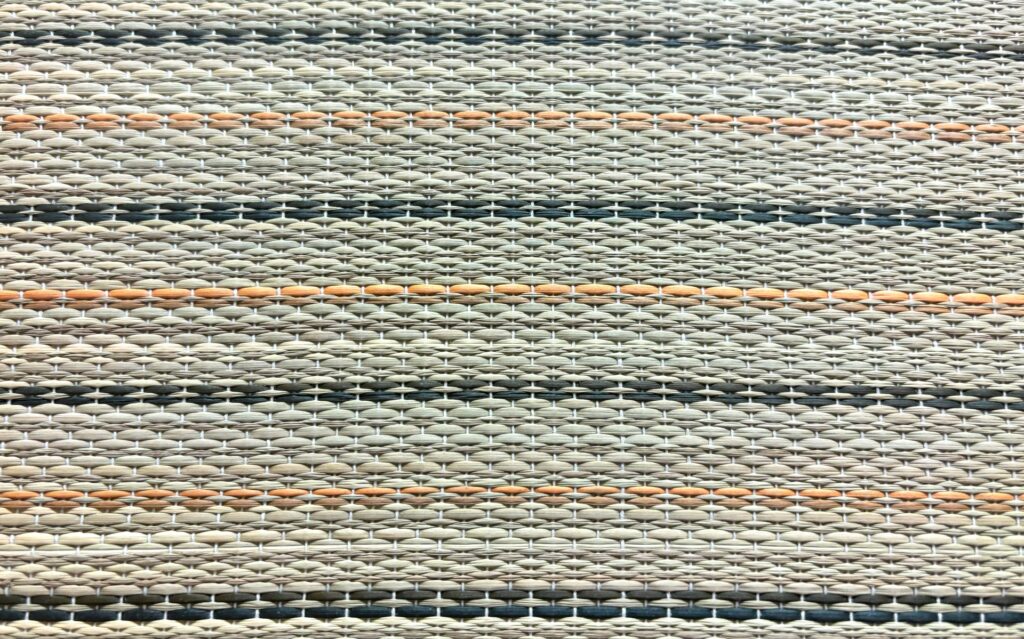
Tatami mats come in various sizes, commonly measured in tatami units (1 tatami is approximately 0.9 by 1.8 meters). The standard size can vary depending on the region in Japan, but it is essential to measure your room accurately and choose tatami mats that fit the dimensions and layout. When selecting tatami mats, consider the room’s usage—thicker mats provide better cushioning for seating areas, while thinner mats might be more suitable for rooms used for walking or as a yoga space.
How to Incorporate Tatami Mats into Modern Home Design
Incorporating tatami mats into modern home design can add a touch of Japanese tradition while promoting a sense of peace and relaxation. Tatami mats are versatile and can be used in various rooms, such as living rooms, bedrooms, or even dedicated meditation spaces. For a living room, placing a tatami mat in the center with a low table can create an authentic Japanese seating area. In bedrooms, tatami mats can replace conventional carpeting or be combined with futon mattresses for a traditional sleeping arrangement that promotes better air circulation and a minimalist aesthetic.
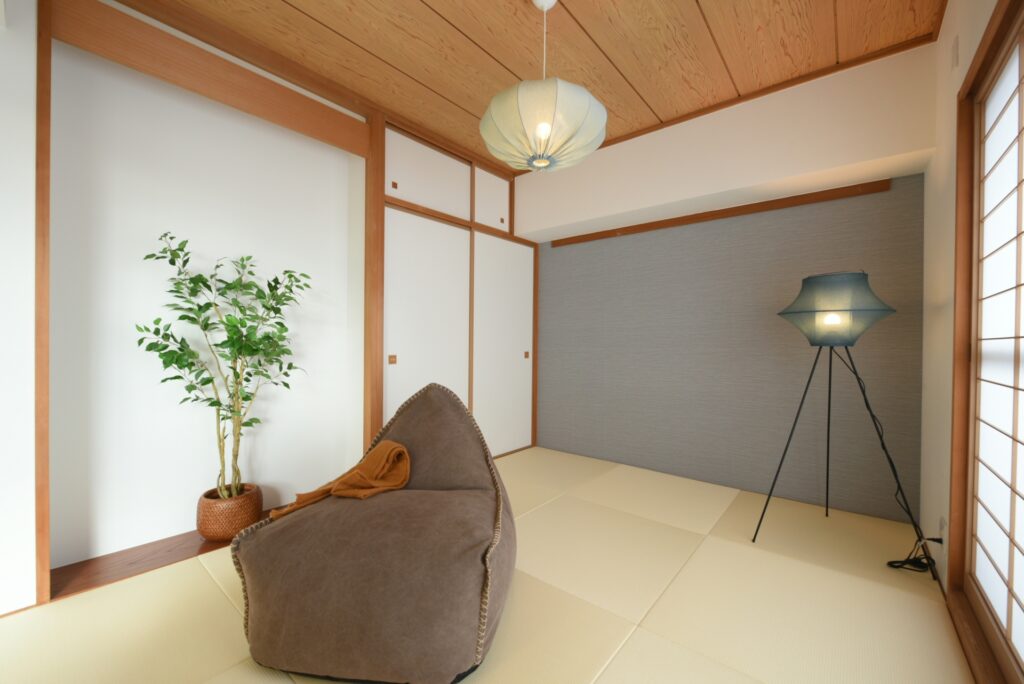
Tatami mats can also blend seamlessly with different interior styles. For a contemporary look, combine tatami mats with modern furniture pieces and minimalist decor, allowing the natural texture of the mats to stand out. Alternatively, for a more traditional approach, pair tatami with shoji screens, Japanese-style low furniture, and natural materials like wood and bamboo to create a cohesive, Zen-inspired space.
Benefits of Using Tatami Mats
Tatami mats offer numerous health, environmental, and aesthetic benefits. The natural materials used in tatami mats, such as rush grass and rice straw, are hypoallergenic and help reduce dust and allergens, making them ideal for people with allergies. Tatami mats also provide a comfortable and soft surface that is gentle on the feet and joints, which can contribute to overall wellness and relaxation.
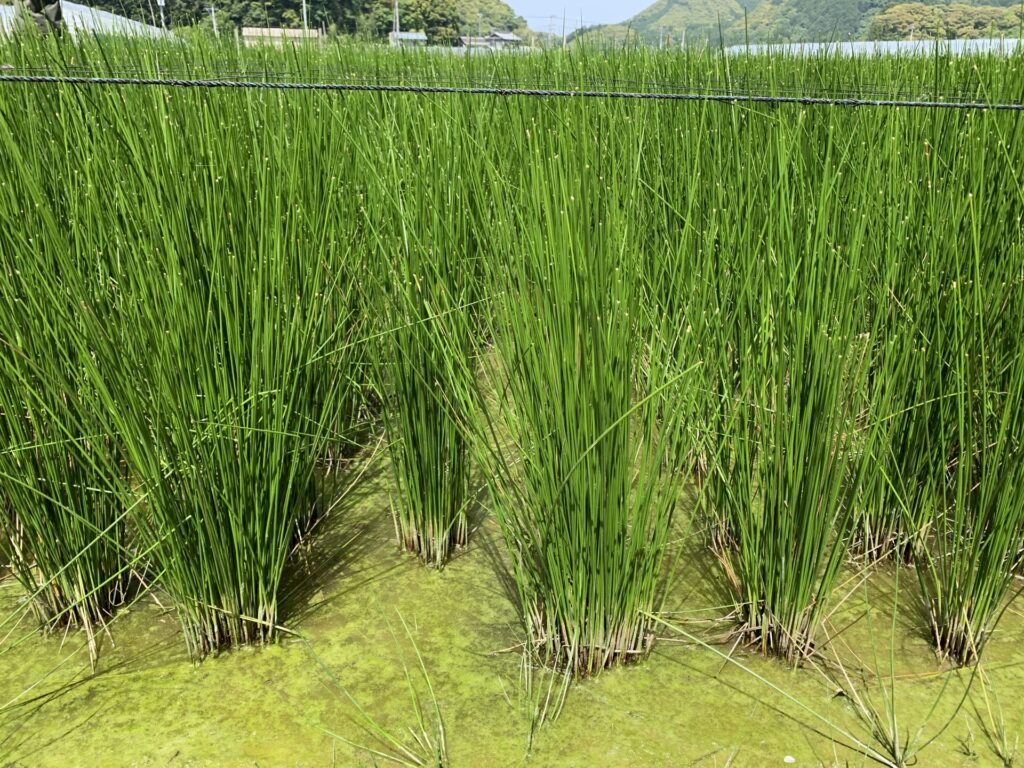
From an environmental standpoint, tatami mats are sustainable and biodegradable, making them an eco-friendly flooring option. The mats’ natural fibers absorb moisture, regulate humidity, and provide insulation, helping to maintain a comfortable temperature and reduce energy consumption. Aesthetically, tatami mats add a natural, earthy element to interiors, creating a serene atmosphere that promotes mindfulness and tranquility.
Caring for and Maintaining Tatami Mats
Proper care and maintenance are essential to ensure the longevity and appearance of tatami mats. Regularly vacuuming the surface with a soft brush attachment helps remove dust and dirt. It’s also important to air out the mats periodically, especially in humid environments, to prevent mold growth and unpleasant odors. If stains occur, they should be gently cleaned with a soft cloth dampened with water. Avoid using harsh chemicals, as these can damage the natural fibers.
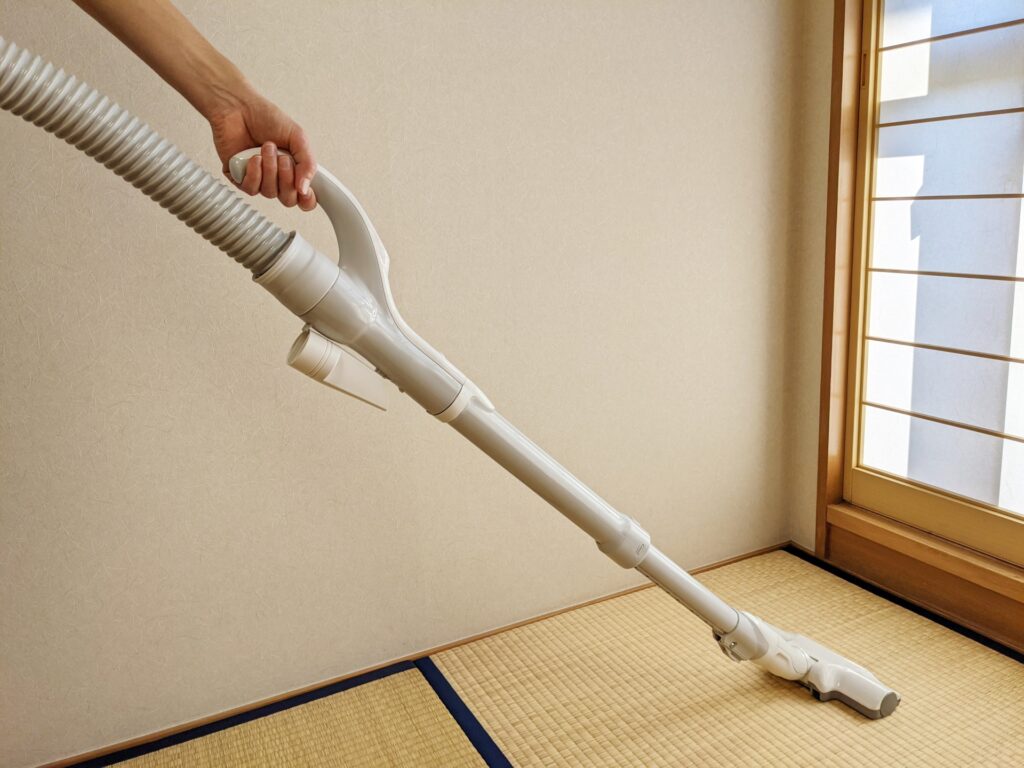
In cases of wear or damage, tatami mats can often be repaired or replaced. Rotating the mats periodically can help even out the wear and extend their lifespan. When storing tatami mats, keep them in a dry, well-ventilated area to prevent moisture accumulation. With proper care, tatami mats can maintain their beauty and functionality for many years, providing a lasting connection to Japanese culture and tradition.
Conclusion
Tatami mats offer a unique blend of cultural heritage, aesthetic appeal, and practical benefits, making them a valuable addition to any home. Whether you are seeking to incorporate traditional Japanese elements into your interior design, enhance your living space’s comfort, or embrace a more natural and sustainable lifestyle, tatami mats are a versatile and meaningful choice. Embrace the beauty and tranquility of tatami, and bring a piece of Japanese tradition into your modern home.

